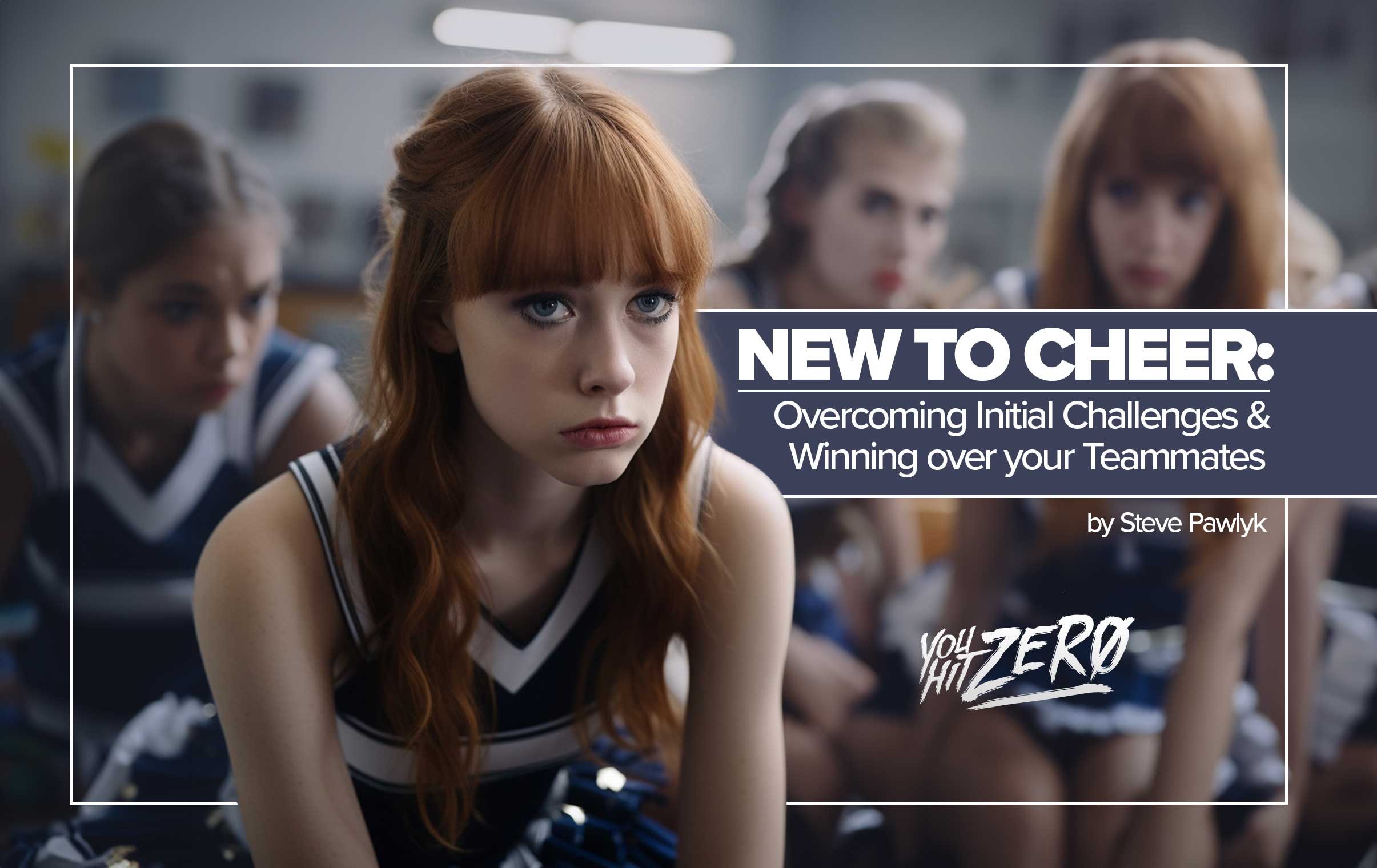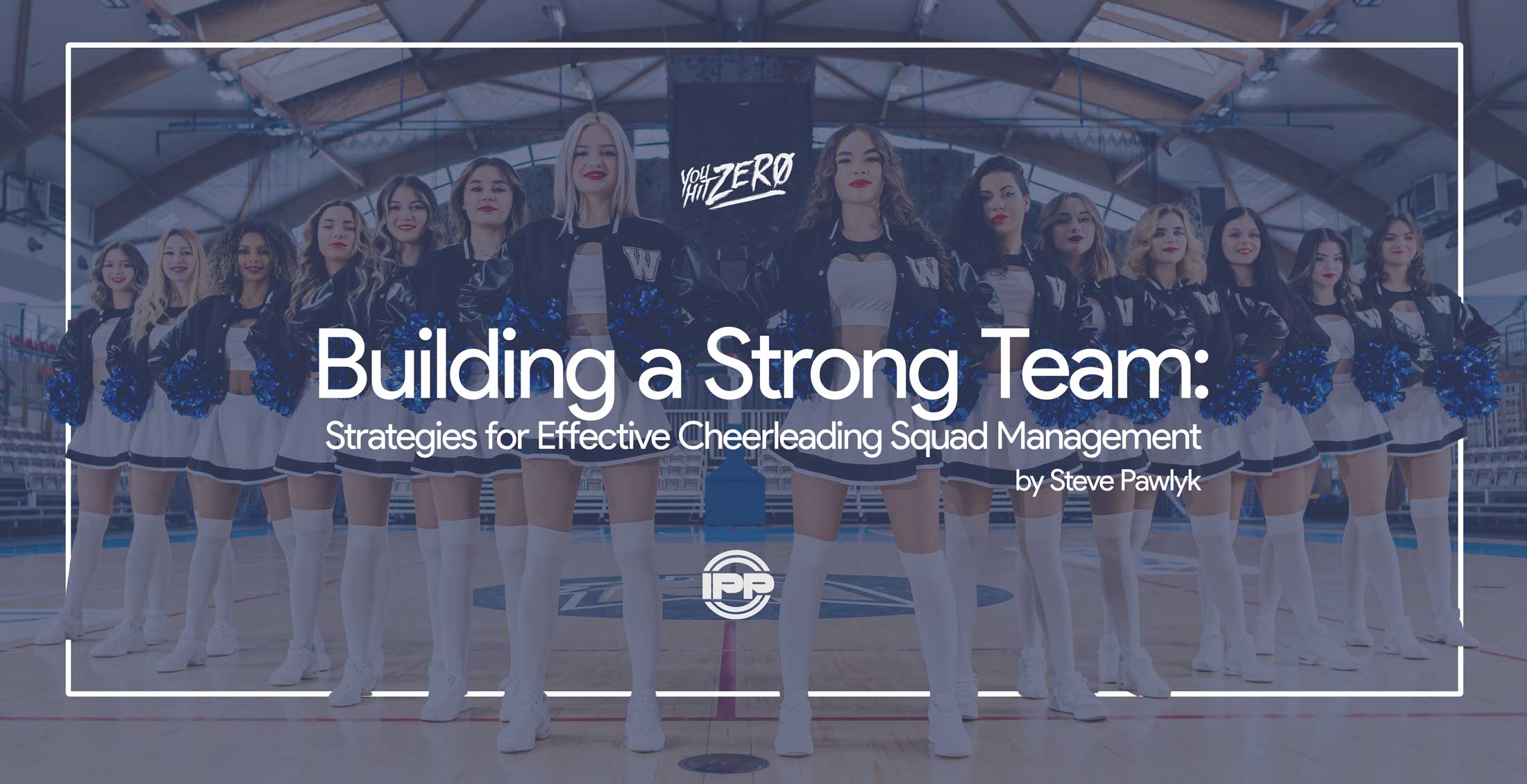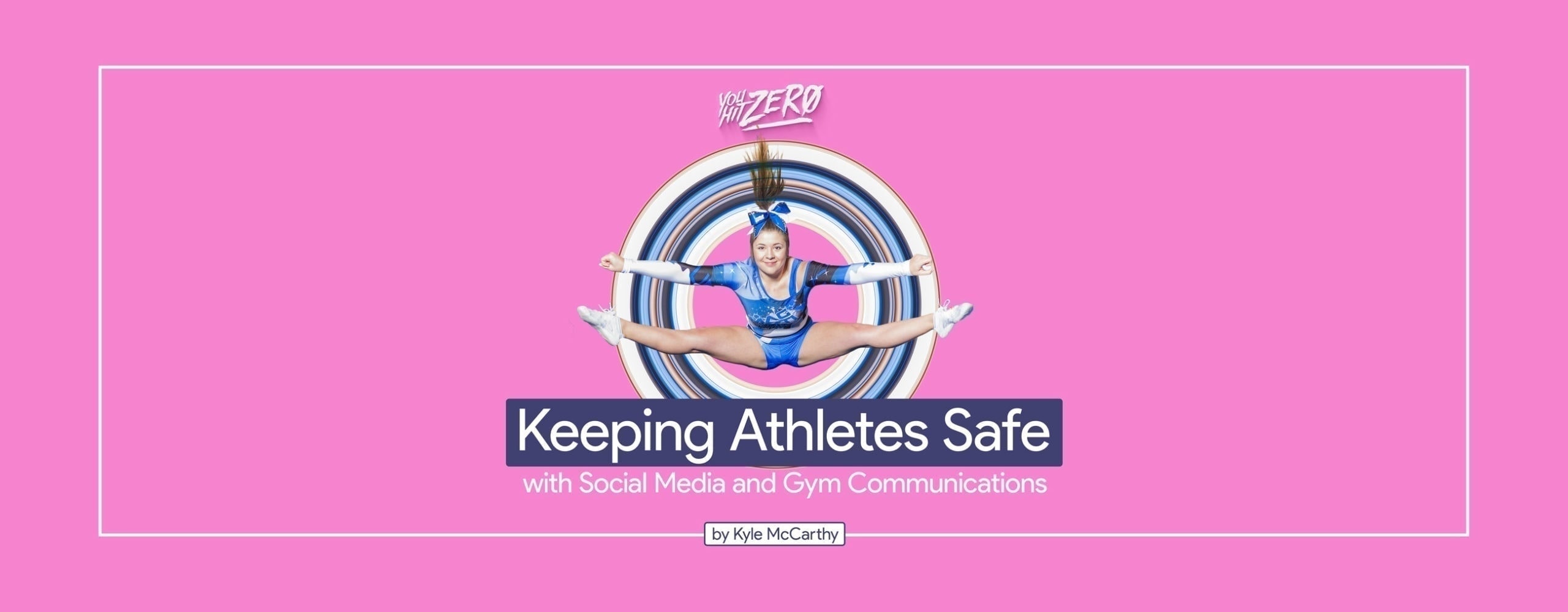By Steve Pawlyk
Published July 11, 2023
Today’s topic is inspired by a question we stumbled upon on Reddit, posted by a new cheerleader who is feeling ostracized and disrespected by their team. To the poster and any other cheerleaders finding themselves in a similar situation, this article is for you.
Being the new person in any team or group can be intimidating and often daunting, and cheerleading teams are no exception. But before you start questioning if this “cold shoulder” treatment is a universal cheerleading phenomenon, let’s unpack your experience and offer some insights.
Understanding the Dynamics
Cheerleading, like any sport, requires a certain degree of skill, discipline, and hard work. When you join a team where the majority of members have been together for a while, they’ve already formed a certain bond and rhythm. The frustration you’re experiencing might not be a personal disregard towards you, but instead, the team members grappling with adjusting to a new addition.
Building Your Skills
You mentioned that you are still learning the basics. Cheerleading involves a lot of practice and precision in skills like jumps, kicks, cheers, and more. If you’re struggling with these, remember that all cheerleaders were beginners at some point. Keep practicing, seek help from your coach or teammates, and stay patient with your progress. The more competent you become, the more you’ll likely feel integrated into the team.
Communication is Key
It’s essential to express your feelings if you’re comfortable doing so. Talk to your coach or even a teammate you feel slightly closer to. You’re a part of the team, and your feelings matter. If the situation doesn’t improve after voicing your concerns, you might need to reconsider if this particular team is the right fit for you.
Initiate Interaction
Since you mentioned you are pretty shy, it might be a challenge for you to take the initiative. But remember, little steps can lead to significant changes. Start by saying ‘hi’ to your teammates, ask them about their day, or cheer them on during practice. They might just need to see a bit more of your personality to start warming up to you.
Addressing Bullying within the Team
While we’re hopeful that the situations we’ve previously discussed are simply team dynamics at play, we must address a more severe concern: bullying. Bullying – whether it’s verbal, physical, or through exclusion – is completely unacceptable in any environment, including cheerleading teams.
Recognizing Bullying
Bullying can manifest in many ways. It could be consistent negative remarks about your performance, exclusion from team activities, or any behavior designed to make you feel uncomfortable, humiliated, or unwanted. Recognizing bullying behavior can sometimes be difficult, especially if it’s subtle or if the majority of the team participates in, or is indifferent to it.
Stand Up and Speak Out
If you suspect bullying, it’s essential to stand up against it. Confront the individuals involved if you feel safe doing so. However, this may not always be possible, particularly when there’s a significant power dynamic at play, or if the bullying is widespread within the team.
Seek Help from Trusted Authorities
In such cases, reach out to your coach or another trusted adult and explain your situation. It’s crucial to be as specific as possible in describing what you’ve experienced and who was involved. Remember, it’s not tattling or overreacting. Coaches, team advisors, and school authorities have a responsibility to ensure a safe, respectful, and supportive environment for all team members.
Building a Positive Team Culture
In an ideal world, all cheerleading teams would foster a culture of respect, encouragement, and inclusivity. A healthy team encourages its members to uplift each other, celebrates individual and team successes, and treats each other with kindness and respect. Bullying has no place in this environment.
Don’t Suffer in Silence
Feeling like your team dislikes you or enduring consistent bullying can be incredibly painful and isolating. Please, don’t suffer in silence. Reach out to your family, friends, or mental health professionals who can provide support and guidance. You deserve to be treated with respect, and it’s important to prioritize your well-being over any sport or activity.
Remember, being part of a cheerleading team should be a positive experience that nurtures camaraderie, skills, and mutual respect. Bullying should never be tolerated, and it’s important to address it head-on to protect your mental and emotional health. Remember, you have the right to cheer in a safe, supportive environment.
Cheerleaders: A Diverse and Inclusive Community
In response to the query, “Is this just how all cheerleaders are?” – Absolutely not. Cheerleading attracts a diverse group of individuals, and it’s unfair to stereotype all cheerleaders based on the actions of a few. Just like any sport or community, there will be individuals and teams that exhibit negative behavior, but these do not represent the cheerleading community as a whole.
The heart of cheerleading lies in teamwork, camaraderie, and mutual respect. Countless cheer teams around the world exhibit these values daily, creating inclusive, supportive environments where each member is valued and respected. If you’re in a situation where this isn’t the case, know that this is not the norm, nor should it be acceptable.
Cheerleading – A Sport of Team Spirit
At its core, cheerleading is all about team spirit. Every cheerleader, whether seasoned or a newbie, contributes to the overall energy and performance of the team. If you’re feeling ignored or disrespected, that’s not reflective of the true ethos of cheerleading. Rest assured, this is not the universal experience for all cheerleaders.
To wrap up, you’re not alone in your feelings of alienation as a new member. It’s a common experience that extends beyond cheerleading and into many areas of life. Be patient with yourself, keep improving your skills, and try opening channels of communication. Soon enough, you’ll hit your stride, and hopefully, your team will recognize and appreciate the unique value you bring to the table. Keep cheering!
IPP's Premade Mixes are USA Cheer Compliant and customizable! Add Sound FX, swap songs, & more! Add your Team Name to the mix for only $10!













